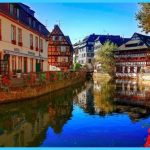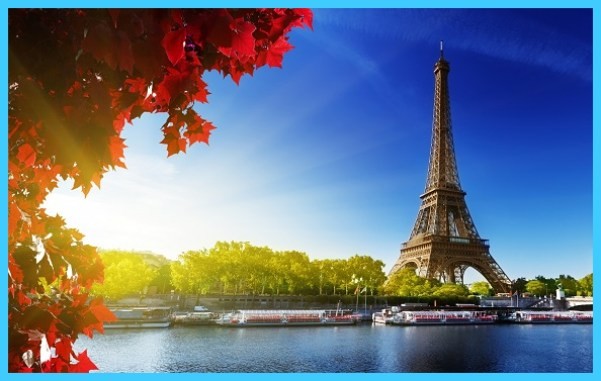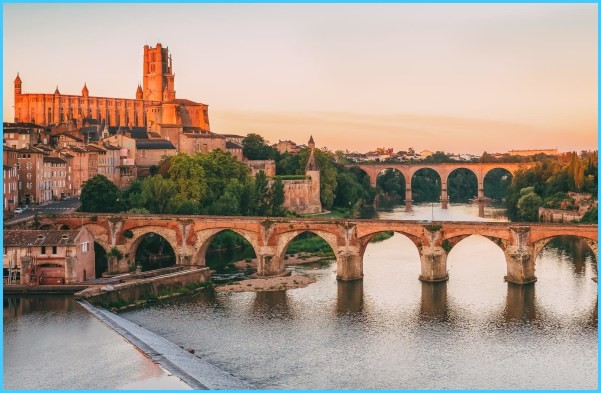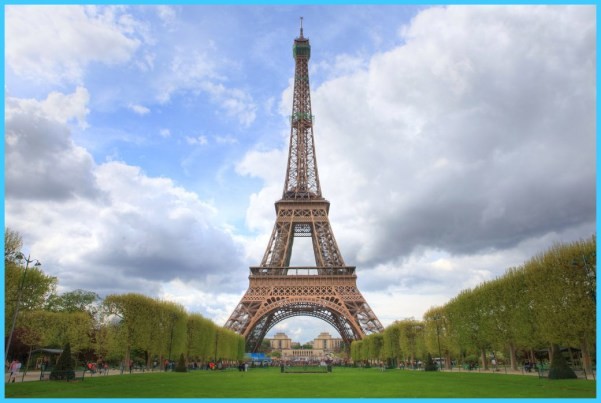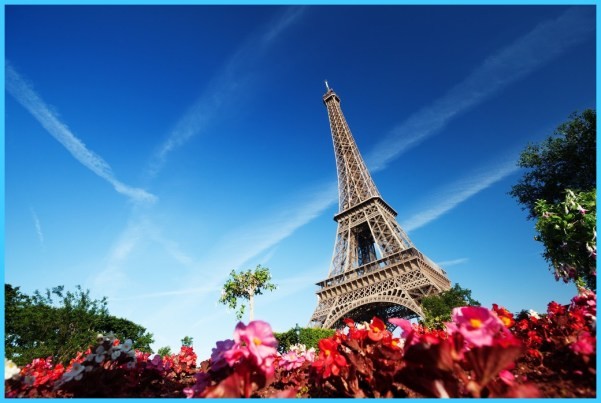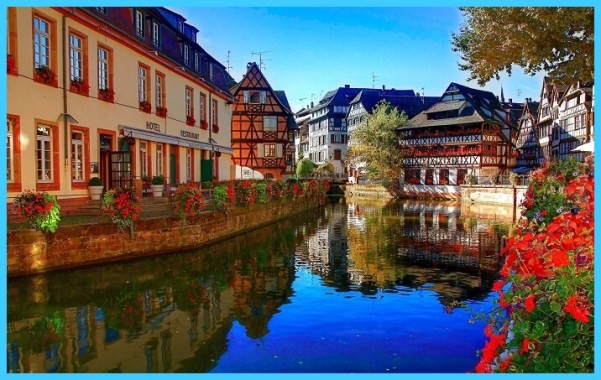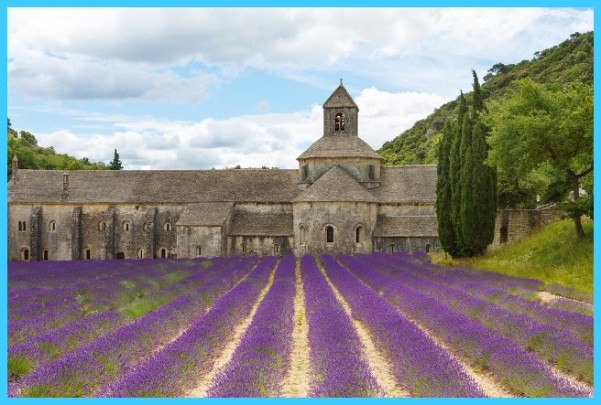
Conservatoire des Arts et Metiers and Saint-Martin-des-Champs
This is the Science Museum of Paris, full of working models and dramatic demonstrations of metallurgical principles. But it is housed in the former Priory of Saint-Martin-des-Champs, and the Priory has kept its church. So the stage is set for the most outrageous and successful surrealism: unlikelihood taken to huge dimensions.
Saint-Martin-des-Champs has a famous and very early Gothic apse and ambulatory, brutally restored. Not so famous but far more impressive is the nave added about 1300 to the whole width of the earlier building. There are few more effective preaching-halls than this colossal space, roofed with the trustworthy tie-beam and king-post. And inside it, an inspired accident has placed early aeroplanes, cars, and – unexpectedly exciting – a line-up of bicycles from the velocipede to the scooter. A nice Parisian touch is that there is no parade-ground buffing-up; a potent pre-war Talbot has been left with its day-to-day scars and rusty chrome. There is Ader’s terrifying contraption of 1897 which, they are at pains to point out, made a perhaps involuntary flight of 3,000 metres (this is where he left the ground . this is where he crashed). But my prize goes to the 20 c.v. Peugeot of 1909. No wonder they could think of a race from Paris to Peking in 1907 (who would do it today?) and produce hopeful road guides to Morocco and the Gemmi pass before the First World War. This thing was built like a tank and fitted out like a railway carriage. The ties and king-posts continue to observe all, as they have for six centuries, sardonic and unastonished.
Visit France Photo Gallery
Pierre de Montereau’s huge refectory of c.1250 is now a library; the entrance is on the right-hand side of the courtyard, separate from the museum itself. Do not miss it on any account; the huge room with its single central arcade of audacious columns, so thin that they dare you to ring them in case they prove to be cast-iron, is the most thrilling piece of Gothic architecture in Paris – the Sainte-Chapelle not excepted.
‘The oldest house in X’ is usually an invitation to see some over-pickled nonentity. No. 3 rue Volta, venerable and half-timbered, is not at all like that. Shabby, thumbed over, barely recognizable, but still supported by teeming life. Here and in the rue au Maire there is a fragment of old medieval Paris or present-day Naples: narrow streets, piling together of people and uses – a memorable hard-bitten croak. I hope the rue Volta never goes up in the world; demolition would be better than politeness.
Paris Places To Visit Carreau du Temple
This is a clothes market, housed in a great shed the size of Covent Garden. It is the unexpected uniformity of what goes on that makes it so astonishing: dark suits in rows from end to end except for one wall which is all handbags. It is like coming in a dream on the floor of St Paul’s full of fish, product of an oversuccessful sermon on the feeding of the five thousand. Afterwards, it seems like a hallucination.
Best Places To Visit In Paris Place de la Republique
Michelin has the perfect phrase for it: ‘element important de strategie anti-revolutionnaire’. Haussmann’s boulevards were shrewd bits of ‘stopit’ planning, preventing the growth of free thought in undisciplined warrens of streets and providing a clear line of fire – ‘counter’ strategy is always the same and always life-killing: counter-Reformation, counter-Revolution. CounterRevolution, at the Place de la Republique,- is transmuted into a lot of trees, and restaurants with menus in four languages. Haussmann built a barracks here for two thousand soldiers. Michelin again: ‘Le caserne … supprima le diorame que Daguerre avait construit en 1822. ’ Life again: Daguerre’s great-grandchildren with their Rolleis and Kodaks have melted the authoritarian purpose. And long may they continue.
Champs-Elysees
The Champs-Elysees has one outstanding virtue: it is a splendid place to sit – at a price – and watch the world go by. It has become so world-famous that by now the equation is uneasily balanced, so that many of the passers-by will be watching to see how you, typically French, are having your drink in a cafe. The irony is that it feels provincial: the street in the centre of Niort or Gueret where you might go to see and be seen, taken up on a tremendous scale, and thereby distorted, not transformed.
The point where it recaptures a metropolitan identity with a bump is in les Arcades, at no. 76 on the north side (between rue de Berri and rue la Boetie). Establishments of what Michelin calls so succinctly ‘haut luxe ’ line a passage which splits in two so that there are shops slung in between -a cafe, a patisserie, a flower-shop – without any walls or screens; exactly halfway between inside and outside. The arcade leads to the rue de Ponthieu, which straight away is a village street – not in the London sense of visible cosiness, but in the kind of shop and character of cafe: ministering as it were to the village parts of metropolitan man, not trying to prove that every city is a village. Perret’s well-known garage is at no. 51, and you may well wonder what the fuss was about, granted the amount of similar work that went up in all the unfashionable suburbs of Paris around 1900.
Maybe You Like Them Too
- The Best Places To Visit In North America For Christmas
- Faro Travel Guide: Map of Faro
- Mumbai Travel Guide For Tourists: Map Of Mumbai
- Travel to Budapest
- Thailand Travel Guide for Tourists: The Ultimate Thailand Map








